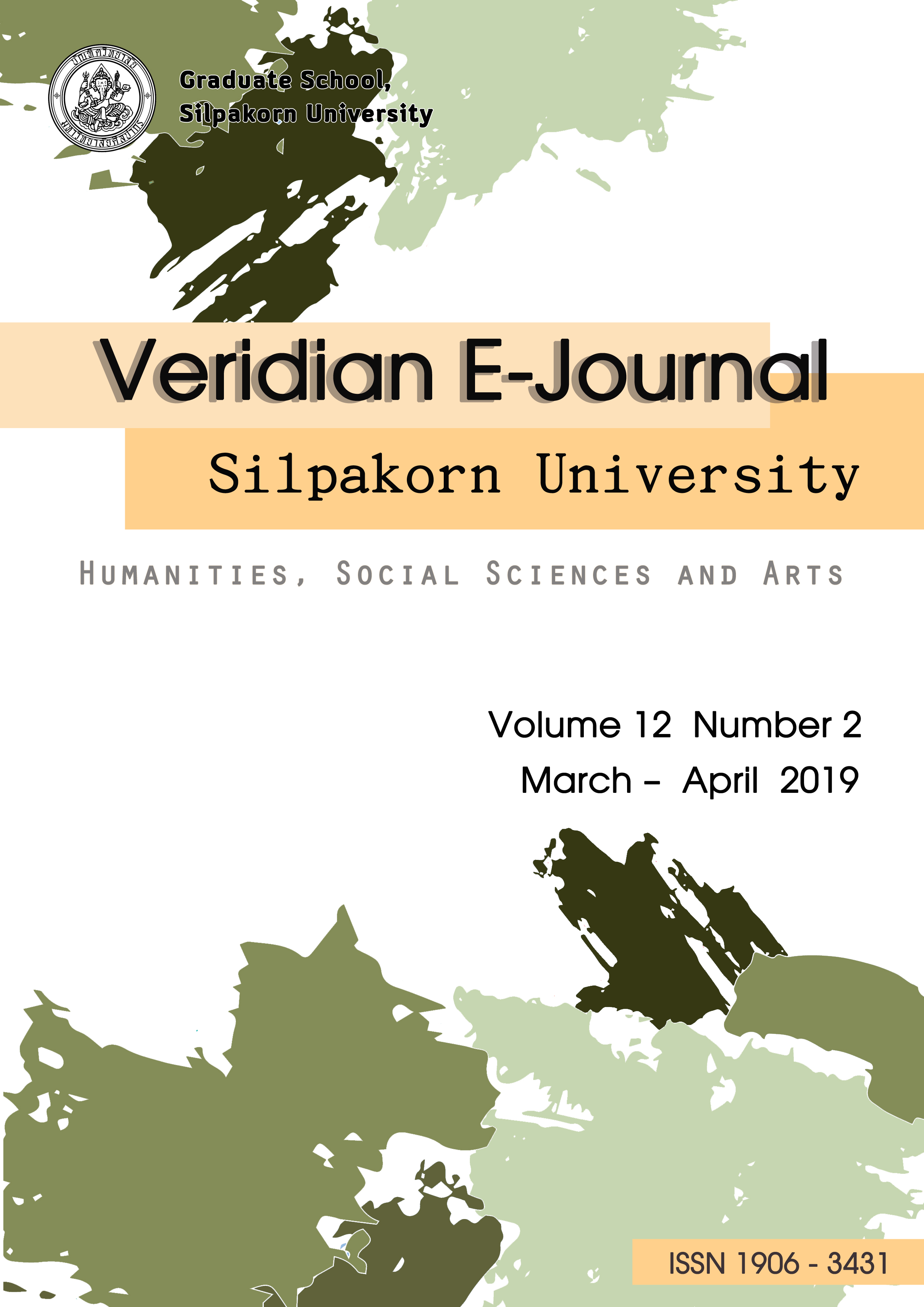Smart Online Learning System for Sukhothai Thammathirat Open University’s Undergraduate Students
Main Article Content
Abstract
This research aims to study the model of smart online learning for Sukhothai Thammathirat Open University’s undergraduate students. The research is divided into 3 phases. Phase 1 is the analysis of condition and problems of online learning of Sukhothai Thammathirat Open University’s undergraduate students. Data was collected by the interview with 15 instructors, learning system administrators, and students who studied in online learning system of Sukhothai Thammathirat Open University. The study was conducted by using structured interview on the topic of online learning of Sukhothai Thammathirat Open University and the development of smart online learning system. Phase 2 is the design and development of smart online learning system for Sukhothai Thammathirat Open University’s undergraduate students and Phase 3 is examined by 12 experts by purposive selection method. Data was analyzed by mean, standard deviation, content analysis.
The research found that:
- Sukhothai Thammathirat Open University is adapting to changing technology. Various technologies have been used to organize learning activities. There are additional communication channels through online media. Technologies have helped to enable easy access to the content and interaction with instructors. Social networks have been used to increase access to the content. However, there were also some weaknesses in the design of the platform screen and online learning activities. The major obstacle was that the students were different in age groups and had different levels of ability to use the computer. Therefore, the instruction is not suitable for the needs and differences of an individual. The development of a smart online learning system should enable students to access and learn based on their readiness, ability, and convenience. The system will analyze the knowledge or basic ability of students before learning. In-depth analysis can provide the knowledge, content, and skills that are suitable for each student. The system must periodically report learning progress or development, as a graph or score, to students. There should be an emergency assistant system that students can request help. In addition, it should be a system that supports multimedia and interactive learning and supports devices on all platforms. There is an alert system for students to inform new content, activity, news, and study facilities.
- Smart online learning system consists of 4 systems, including student ability assessment system, learning report system, student introduction system, and learning module system.
- The overall quality assessment by the experts was found to be at the highest level (
= 4.85, S.D. = 0.36). Considering each item, it was found that the suitable media design for learning activities has the highest mean (
= 5.00 S.D. = 0.00), followed by the completeness of the content which can be used as self-learning, the flexibility of the lesson for self-learning, the ability to analyze the assessment data before the lesson, the ability to process progressive information during the lesson, and the ability to navigate students with the suitable content (
= 4.93, S.D. = 0.27).

